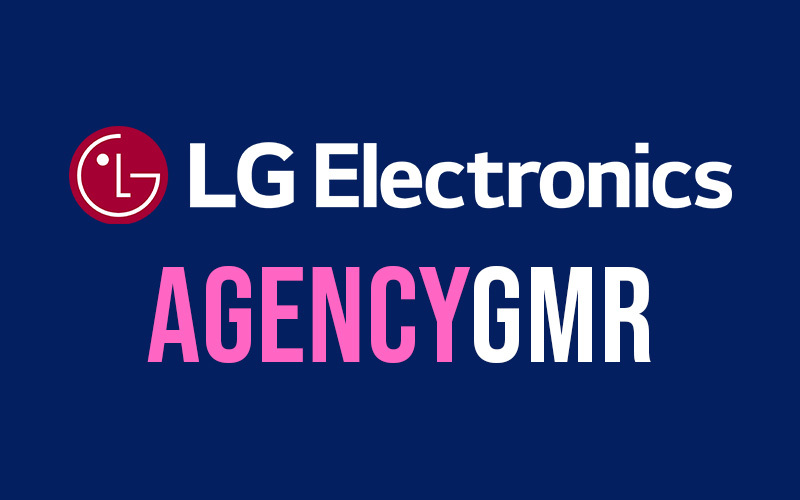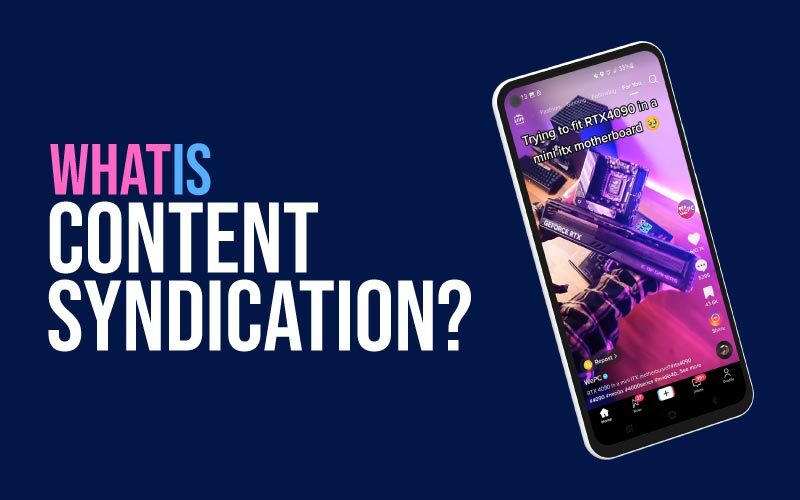Over the past decade, we’ve witnessed a seismic shift in the landscape of social media, and the role of ‘The Influencer’ has been at the centre.
The term ‘influencer’ has evolved from a novel concept to a professional identity, integral to marketing strategies worldwide.
The Early Days
In the early 2010s, influencers were predominantly bloggers and YouTubers, sharing content that was authentic and relatable. Their influence was measured not just by the number of followers but by the depth of their engagement and the community they formed.
As more visual platforms, such as Instagram and TikTok, rose to prominence, so did polished and high-quality content. Influencers became style icons and trendsetters, and their curated feeds became a source of inspiration and aspiration for millions.
The full scope of this power had been realised by the late 2010s when influencers became brands, complete with management teams, sponsorship deals, and carefully crafted personas. The authenticity that marked the early years gave way to a more polished, and often commercial, presence.
Influencers began to wield the power to shift purchasing decisions and shape consumer behaviour like never before.
In 2023 alone, the global influencer marketing spending reached $34 billion.
The Evolution
With reports that 40% of internet users use ad-blocking software, brands are missing a large proportion of consumers who don’t even see the ads they pay for. But by collaborating with influencers, brands can create engaging content that resonates with their target audience and seamlessly integrates their products in an organic way.
Today, there’s an influencer for every niche. With platforms like TikTok Shop and Amazon Storefront, this new style of influencing is more accessible than ever before, allowing anyone with creativity and charisma to find an audience.
Due to this oversaturated market, it’s no longer enough for influencers to simply be seen with a product, they must be able to sell it.
Whilst focus has shifted back to authenticity and relatability, the form of selling is much more direct. Influencers create content dedicated to delivering information directly to the audience, with the sole aim of them purchasing in-app or clicking their affiliate link.
Evidence shows that this new style of eCommerce is working, with 74% of people using social media to discover products and make purchasing decisions.
At the heart of this shift is Gen Z, the first generation of true digital natives. They aren’t just driving new attitudes towards shopping, they’re popularising new channels of retail in a much more circular model; where the consumer can also be a creator, influencer and seller.
The evolution of social media influencers is not just about individuals but about the changing dynamics of community, communication, and commerce.
The Future
As technology evolves and new platforms emerge, we can expect influencer marketing strategies to continue to adapt and change.
As we stand on the cusp of a new era, one thing is clear: the world of influence will continue to evolve, and its impact will continue to be felt across all facets of society.
Want to find out how we can help scale your influencer activity? Get in touch!


